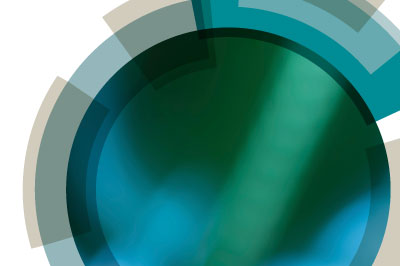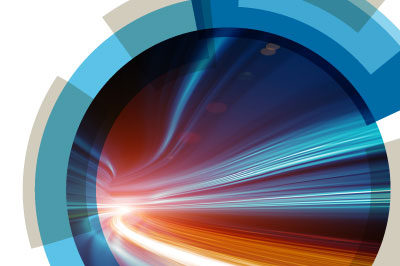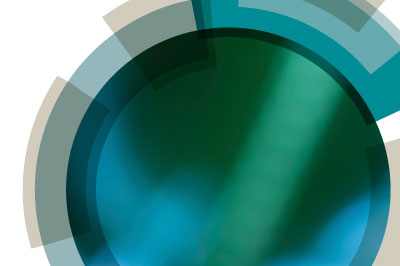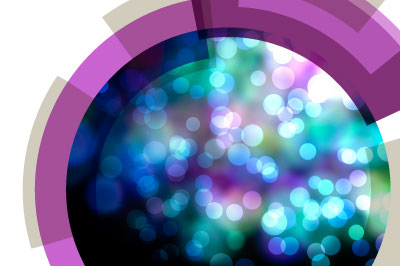Luminescent molecules with high efficiency in aggregate state are promising candidate materials for the development of organic light-emitting diodes, fluorescent sensors, solid-state lasers, etc.
While light emission from conventional luminophores is strong in solution state, it is weak in the condensed phase, e.g. in thin solid films or aggregates. In other words, light emission from these conventional luminophores suffers from quenching caused by aggregation. This causes problems when applying these luminophores to real-world applications in solid state or aqueous media, where their molecules tend to form aggregates. Various chemical, physical and engineering approaches have been taken to prevent luminophores from aggregating and to alleviate the quenching effect, but the efforts have met with only limited success.
The discovery of aggregation-induced emission (AIE), whereby the aggregation of luminogens plays a positive role, enhancing the light-emission efficiency, has attracted much interest as it offers a new platform for the exploration of practically useful luminescent materials. Diverse AIE-active luminogens (or AIEgens) with tuneable emission colours and high quantum yields (up to unity) in the solid state have been generated, which have found technological applications in a broad range of fields including optics, electronics, energy and bioscience.
The development of a new generation of AIEgens, a deep understanding of the AIE mechanism(s) and the exploration of advanced technological applications will enable this exciting research area to develop further. This Faraday Discussion will bring together researchers in the field to discuss the progress made so far, current challenges and potential breakthroughs that may be accomplished in the near future.
Faraday Discussions have a special format where research papers written by the speakers are distributed to all participants before the meeting, and most of the meeting is devoted to discussing the papers. Everyone contributes to the discussion - including presenting their own relevant research.
The research papers and a record of the discussion are published in the journal Faraday Discussions.
Learn more about Faraday Discussions here:
The format of the Faraday Discussions meeting is ideal for discussions that transgress the many emerging experimental technologies and theoretical approaches. An auxiliary benefit of the meeting is to bring together established researchers in the field with the new community coming through.
While light emission from conventional luminophores is strong in solution state, it is weak in the condensed phase, e.g. in thin solid films or aggregates. In other words, light emission from these conventional luminophores suffers from quenching caused by aggregation. This causes problems when applying these luminophores to real-world applications in solid state or aqueous media, where their molecules tend to form aggregates. Various chemical, physical and engineering approaches have been taken to prevent luminophores from aggregating and to alleviate the quenching effect, but the efforts have met with only limited success.
The discovery of aggregation-induced emission (AIE), whereby the aggregation of luminogens plays a positive role, enhancing the light-emission efficiency, has attracted much interest as it offers a new platform for the exploration of practically useful luminescent materials. Diverse AIE-active luminogens (or AIEgens) with tuneable emission colours and high quantum yields (up to unity) in the solid state have been generated, which have found technological applications in a broad range of fields including optics, electronics, energy and bioscience.
The development of a new generation of AIEgens, a deep understanding of the AIE mechanism(s) and the exploration of advanced technological applications will enable this exciting research area to develop further. This Faraday Discussion will bring together researchers in the field to discuss the progress made so far, current challenges and potential breakthroughs that may be accomplished in the near future.
Themes
- New and efficient fluorescent and phosphorescent luminogens
- Advanced functional luminogens in the solid-state
- Biomedical applications of luminogens
- Optoelectronic devices of highly efficient luminogens in the solid state
Aims
This Faraday Discussion aims to focus on the issues associated with the development of new fluorescent and phosphorescent AIEgens, particularly the advanced functional AIEgens with stimuli-responses, and the exploration of high-tech applications of the AIEgens, especially in the area of biomedical research.Format
The Faraday Division have been organising high impact Faraday Discussions in rapidly developing areas of physical chemistry and its interfaces with other scientific disciplines for over 100 years.Faraday Discussions have a special format where research papers written by the speakers are distributed to all participants before the meeting, and most of the meeting is devoted to discussing the papers. Everyone contributes to the discussion - including presenting their own relevant research.
The research papers and a record of the discussion are published in the journal Faraday Discussions.
Learn more about Faraday Discussions here:
The format of the Faraday Discussions meeting is ideal for discussions that transgress the many emerging experimental technologies and theoretical approaches. An auxiliary benefit of the meeting is to bring together established researchers in the field with the new community coming through.









